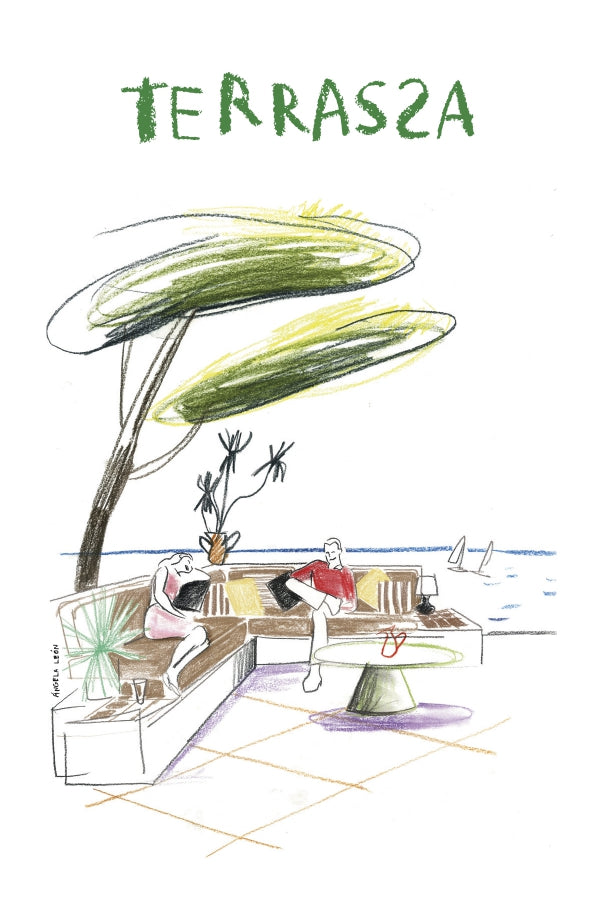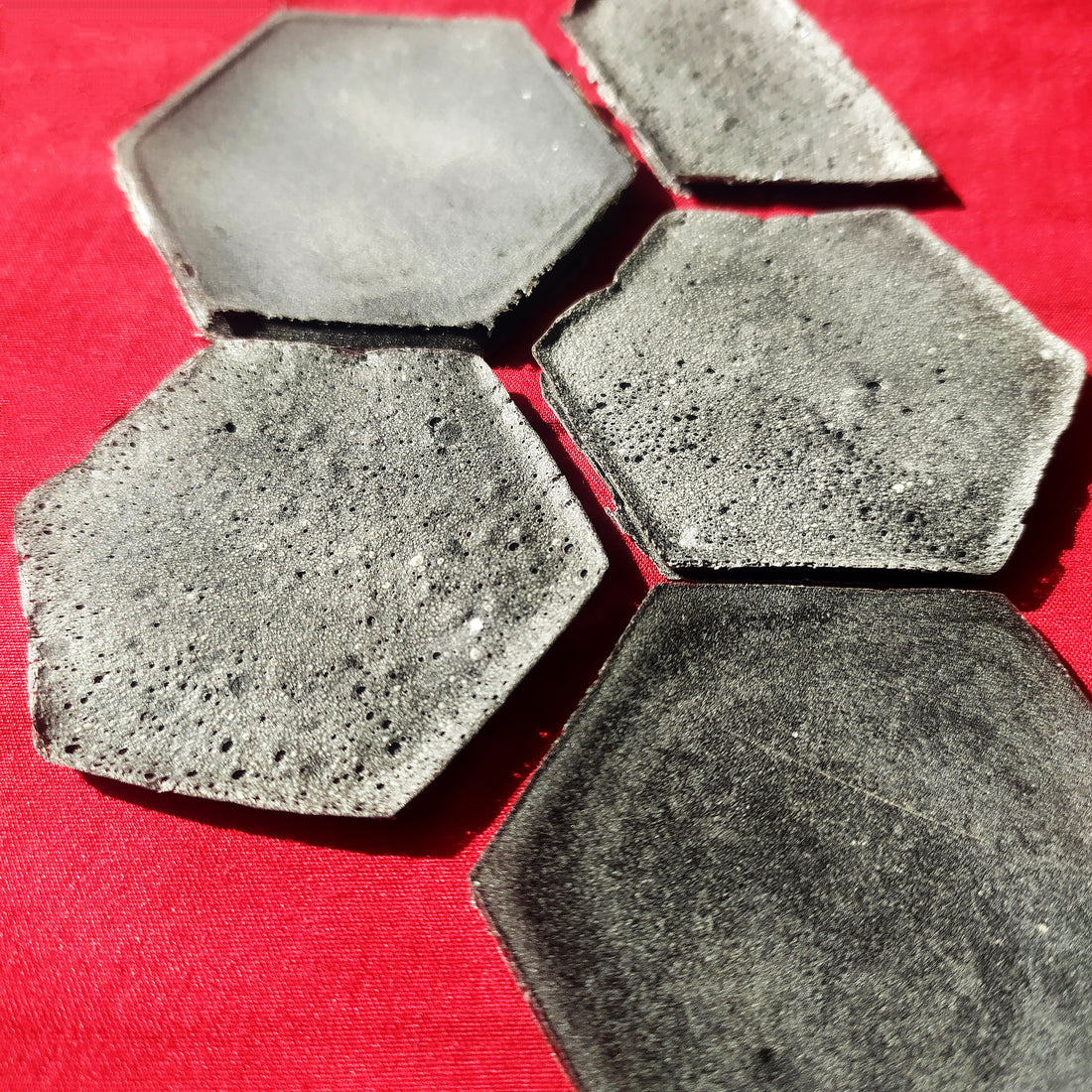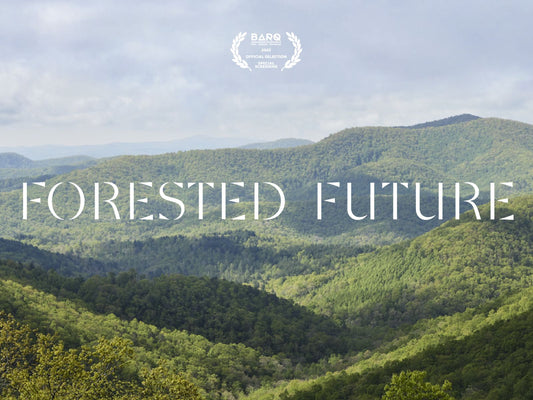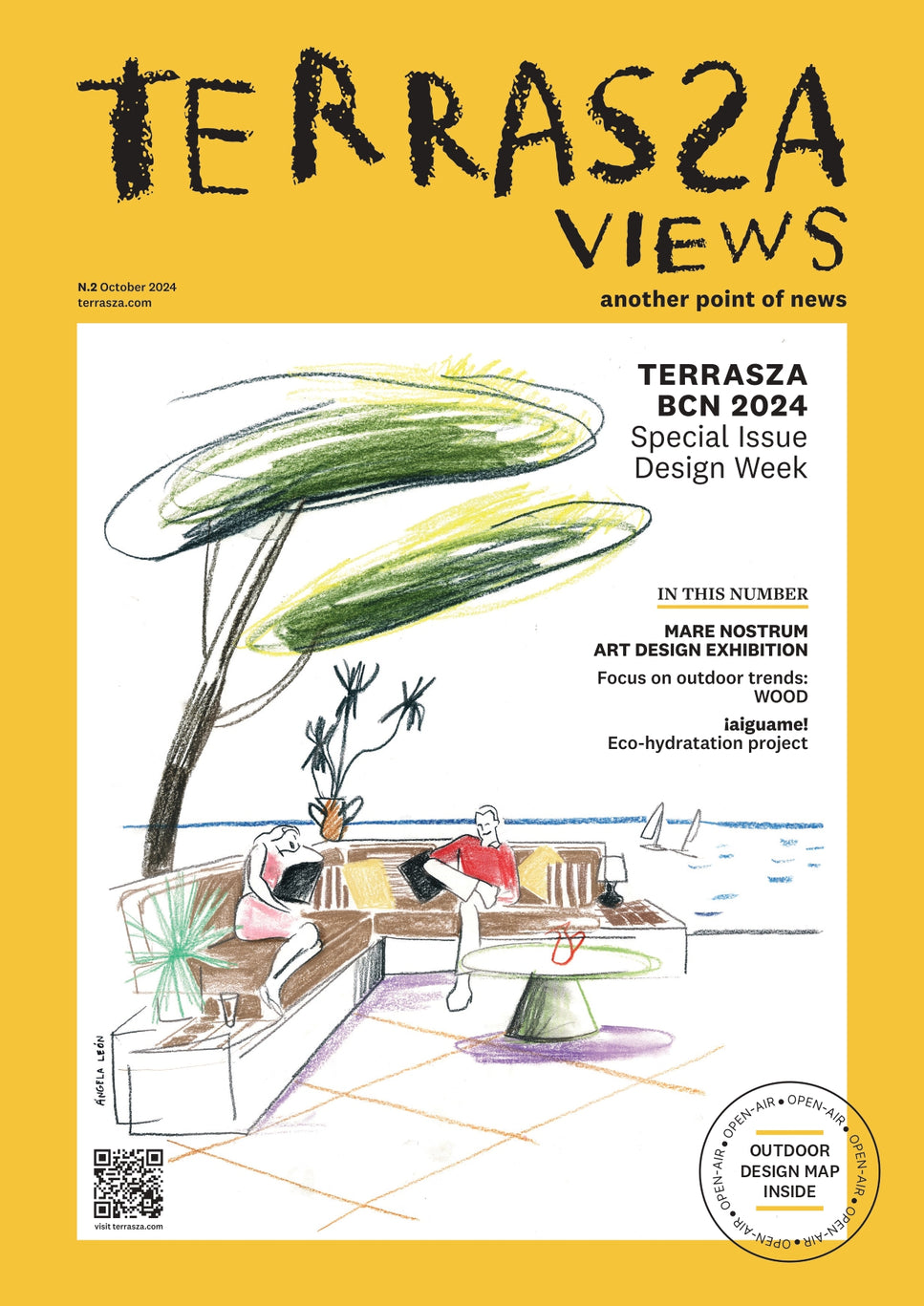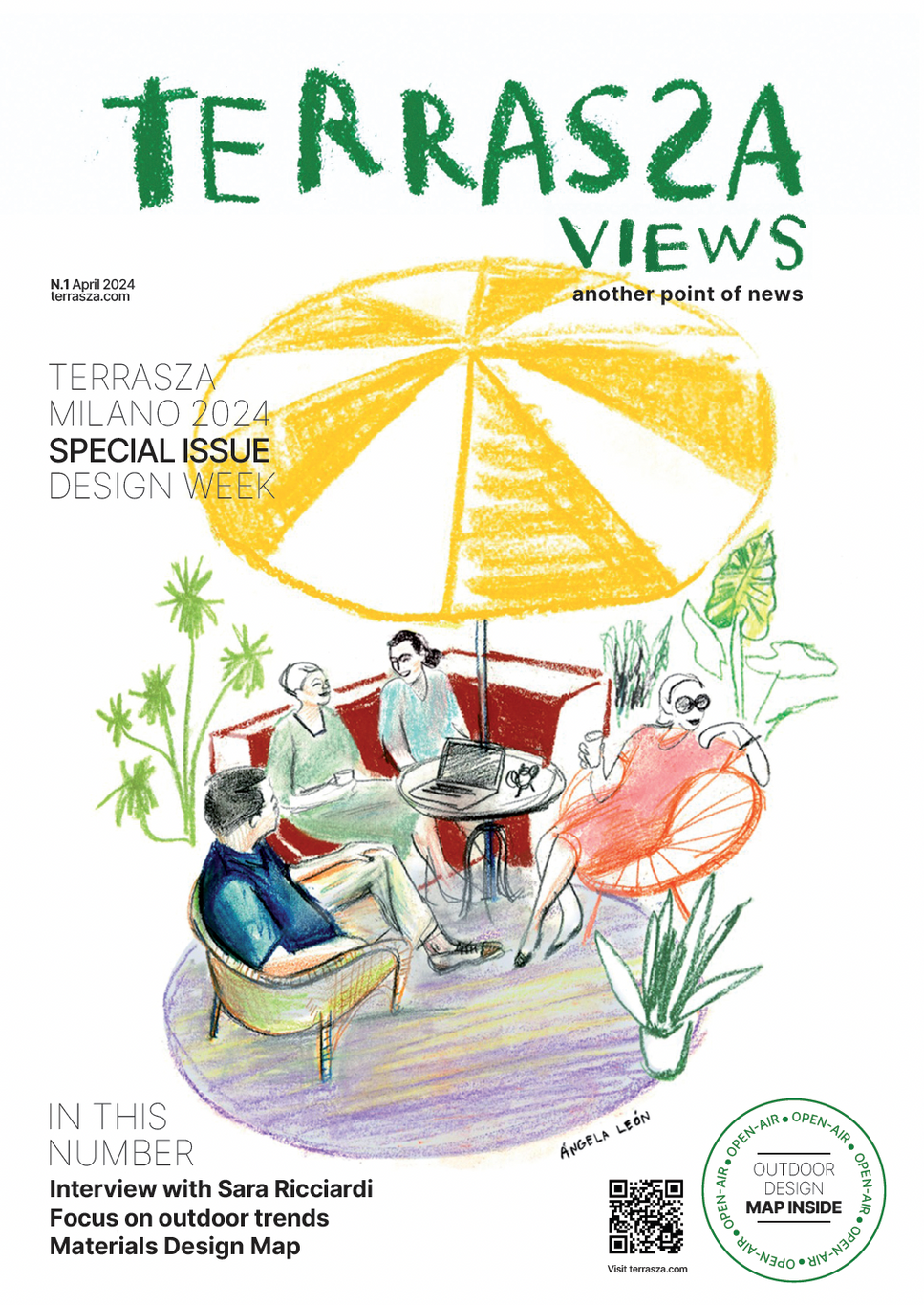Is it possible to integrate material experimentation within industrial production systems? How can we reassemble the fragmentation of recycling and waste reuse systems?
The Materials Design Map was created to map all the different projects that have been realized and are under development, to share and make them known, with the hope of facilitating their development and contact with potential sponsors and partners. Furthermore, through a map and the participation of companies and products already on the market, it aims to contribute to the circular economy: encouraging the development of small solutions on a local scale, as well as a territory-based economy on circularity, avoiding environmentally harmful practices such as waste transportation, landfill storage, and the downcycling phenomenon.
The database consists of an interactive map where it is possible to check the geographical location of the searched project or the total number of projects related to new materials in a specific location. Through various filters, it is possible to learn the name of the designer, the company, the type of resource, the type of business, and the nation where the project is located. To this tool is added the Researches and Partners page that collects research on materials, publications, and digital projects, useful for understanding the very complex world, often with fragmented information, of sustainable materials. ph. Not-ordinary concrete by Selenia Marinelli
ph. Not-ordinary concrete by Selenia Marinelli
Thinking about the world of outdoor and urban design, material research becomes increasingly crucial: concrete, plastic, and treated materials can today be replaced by solutions that use waste and are capable of making the environment we live in healthier. For example, what if concrete could filter and absorb harmful substances present in the air? The material experimentation by architect Selenia Marinelli, Not-Ordinary Concrete, was born with this objective. And what if temporary events were designed with compostable furnishings? Designer Marieke De Backer created a material from the shells of mussels and oysters from restaurant waste, which enriches the soil once its life cycle is completed.

ph: Seat Shell by Marieke De Backer.
From the use of inert materials to new experimentations, sustainability is today an opportunity to rethink not only our outdoor spaces but also our design habits. Through the Materials Design Map, it is possible to find new ideas and inspirations and start imagining together a new, more ecological future.

The Materials Design Map is a free tool offered by WeVux, whose team is composed of co-founder and technical manager Giuseppe Barbalinardo and curator Teo Sandigliano. The online platform aims to catalog and geolocate projects that deal with sustainable material experimentation, from research to products already on the market. The materials are selected with the assistance of a Scientific Committee comprising journalist and architect Giuliana Zoppis, eco-designer Barbara Pollini, and Giuseppe Barbalinardo, an expert in materials and technological applications.
